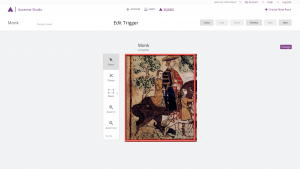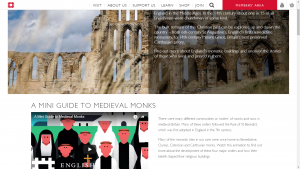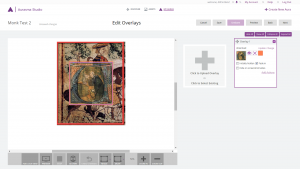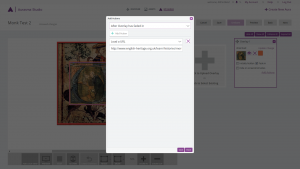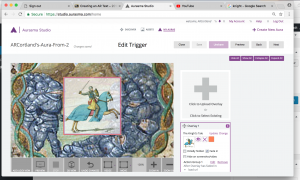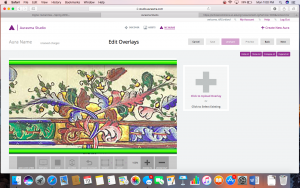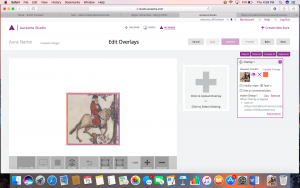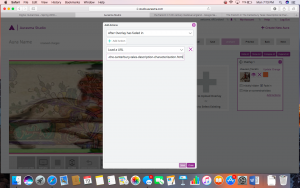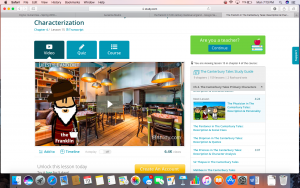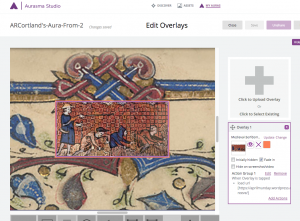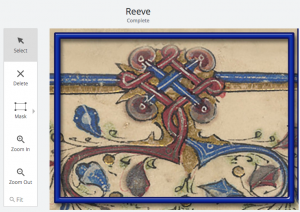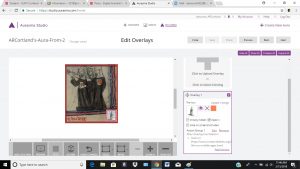The main goal of this assignment was to create an augmented reality by using Aurasma Studio. Once I logged onto the website, I clicked the “Assets” button, in order to find the picture of The Miller. This digital picture copy replicated the paper copy, which we received in class. Next, I clicked on the picture, and pressed, “Create New Aura.” Since the picture of The Miller was provided on the website, I chose the option that let me choose an existing picture. After this, I found a trigger image on google images. I felt that the image I chose was very accurate, based on my research. The trigger photo was then shown on top, overlapping my original image.
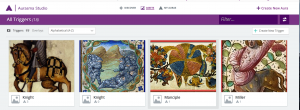
The next part of the assignment was to add an aura to this image. An aura can be an image, video, or website. To do this, I pressed “add more actions.” I then inserted a link to the youtube video that I found. This video provided a summary, and analysis of The Miller, in The Canterbury Tales. After doing a lot of research, I felt that this video was very appropriate. The last part of the assignment was to download the “HP Reveal” app on my iPhone. After I did this, I simply put the camera towards the original paper copy of The Miller, and then a picture was automatically taken. This caused the trigger image to pop up over the original image. Additionally, I was also able to press the link I attached, which directed me to the youtube video I attached.
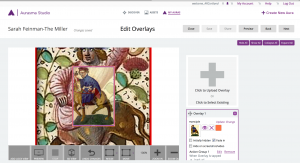
As a future elementary school and special education teacher, I truly think that this is an excellent tool for the classroom. I especially think that students will find it extremely interesting and intriguing when they see their aura come to life. This new type of technology is mind-blowing, and will be extremely beneficial for students, who don’t have an easy time learning. Since most children by now have iPhones, this type of learning will be extremely possible and accessible in the classroom. The use of Augmented Reality will lead to a successful, and fun learning environment. Students will become fully engaged in learning, while being in an interactive atmosphere. [Read more…]

